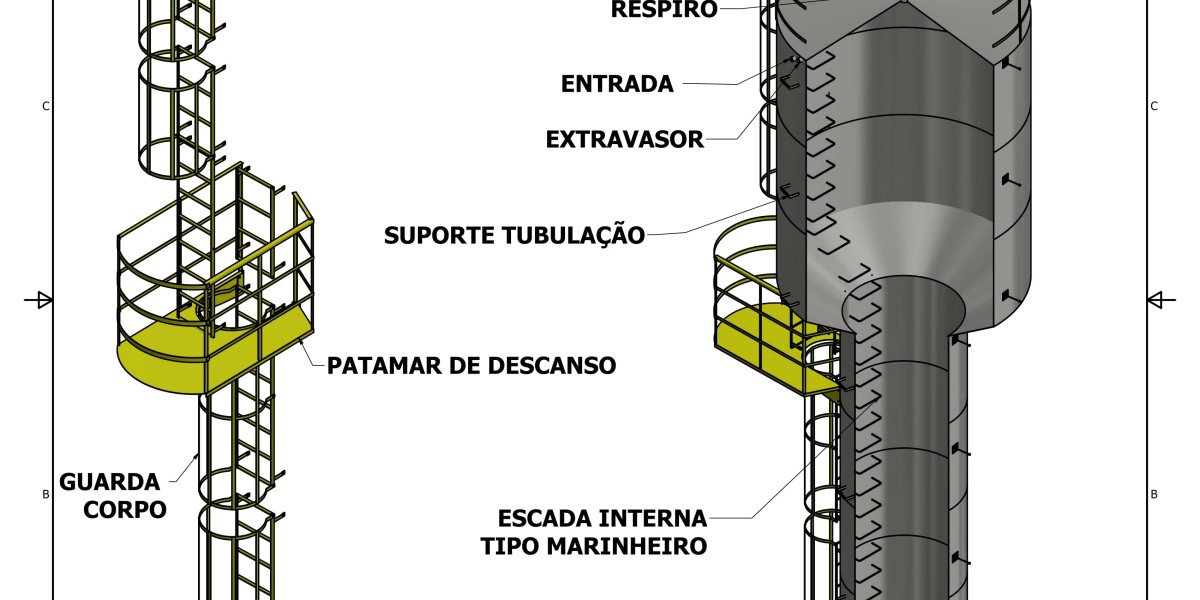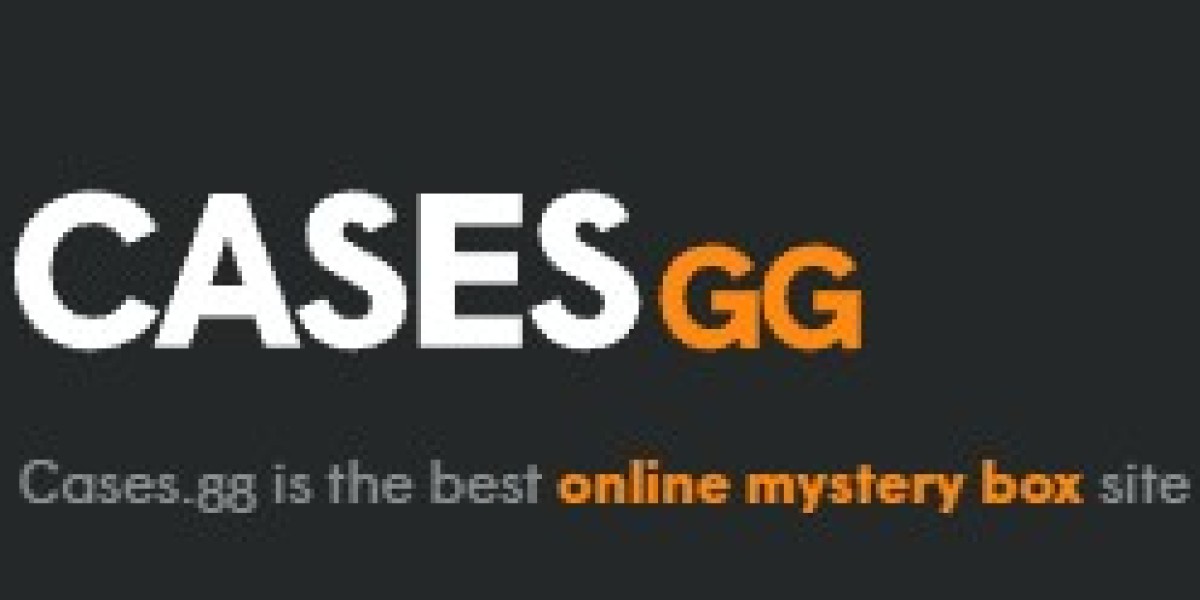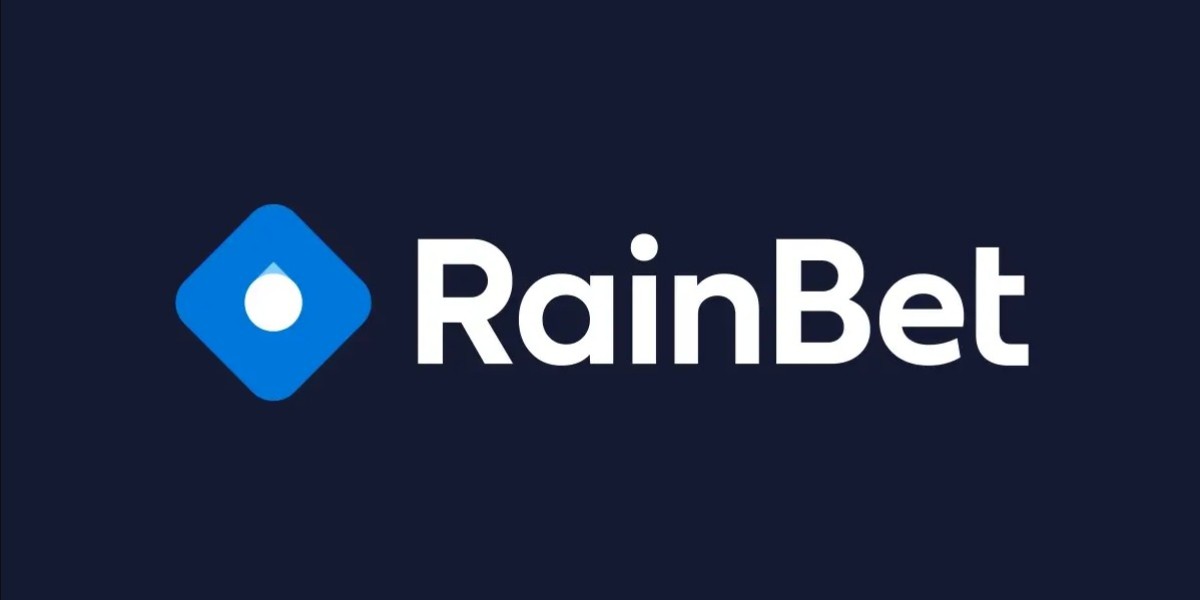Furthermore, once a student has injected some of their personality into the writing, it becomes harder for detection tools to distinguish between AI and human text. In addressing the concern of whether Blackboard can safeassign detect quillbot detect AI, one cannot ignore the valuable role of Copyleaks. Copyleaks is an innovative plagiarism detection platform capable of identifying plagiarism, paraphrased content, and, most importantly, AI-generated content.
You can make a tax-deductible donation by clicking the button below, which takes you to our secure PayPal account. The page is set up to receive contributions in whatever amount you designate. We look forward to using the money we raise to further our mission of providing honest and accurate information to students, faculty, staff, alumni and others in the general public. He does not think that ChatGPT is capable of solving new accounting problems, but he is experimenting with allowing the technology so long as students explain how they used it. On the other hand, some teachers see potential benefits to incorporating artificial intelligence into their curriculum.
Moreover, SafeAssign currently doesn’t have the ability to understand the subtle patterns and quirks that might reveal a text as being AI-generated. It looks for explicit matches, not the nuanced intricacies that could give away an AI detection. However, since the text created by ChatGPT doesn’t exactly match any existing content, SafeAssign is unlikely to flag it as plagiarized or AI-generated.
Are you looking for a reliable online essay writing service to assist students with their academic needs? At PapersOwl, you’ll find a team of skilled and professional writers who specialize in delivering high-quality assignments. Whether you prefer to select your expert or rely on an automated writer-matching algorithm, rest assured that you will receive top-notch academic papers. This secure platform guarantees quality and ensures your deadlines are always met. SafeAssign plagiarism checker operates by comparing submitted content to a large repository of academic papers, institutional archives, and publicly accessible databases.
Additionally, the detection tool marked as "AI-generated writing" some original parts of academic texts that were entirely generated by a human. This is known as "false positives," and according to Turnitin, it happens less than 1% of the time. The educational software follows different academic guidelines, patterns, and datasets to maintain academic integrity in students' texts. This first tool was built using a machine-learning hub managed by New York-based AI company Hugging Face. While the company has received $40 million in funding to develop its natural language library, the GPT-2 detector appears to be a user-created tool using the Hugging Face Transformers library. As such, the plagiarism checkers mentioned above probably won't work because the AI-generated content probably didn't exist in, say, another student's paper.
In his COMM305 syllabus, Senior Instructor Lance E. Schmeidler uses suggested syllabus policy language from the Stearns Center which may prohibit the use of AI. The Center gives recommendations to combat AI dependence such as clear communication of standards with students, adaptation of assignments as well as new grading criteria and emphasis on citations. One consideration, expressed by Marc Watkins who is an instructor at the University of Mississippi, "We should be proactive in our response and not approach our teaching out of panic and mistrust of our students.
Another article (Alser & Waisberg 2023) confirms what was previously mentioned. The authors express concerns regarding the growing use of ChatGPT in academia and medicine, specifically addressing the issues of authorship and plagiarism. They argue that ChatGPT does safeassign detect chatgpt not meet the ICMJE guidelines for authorship, as it lacks accountability and approval of published work.
We have gathered some resources below to spur thought and help faculty respond to concerns about this emergent technology. SafeAssign employs various detection techniques to identify potential instances of plagiarism. These techniques include textual matching, string matching, and citation analysis. Textual matching involves comparing the submitted document with a wide range of existing sources, highlighting similar sections. String matching, on the other hand, focuses on detecting exact word-for-word matches within the document.
With ChatGPT, you can generate any piece of text you want including full-length essays. Safe Assign is a tool as part of the learning management system (LMS) Blackboard. The goal of Safe Assign is to find if student work that is uploaded was copied from another source, In essence, Safe Assign is a plagiarism tool not an AI Detection tool. Are you curious about SafeAssign’s ability to detect content generated by ChatGPT? Universities are using AI detectors as part of their toolkits to detect ChatGPT.





